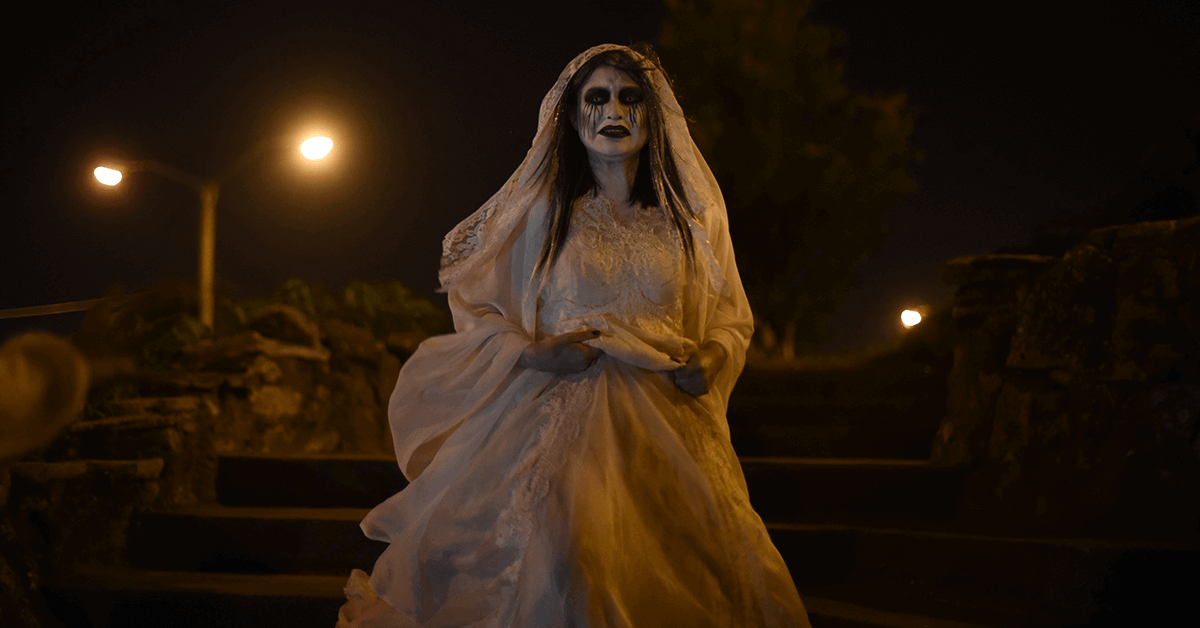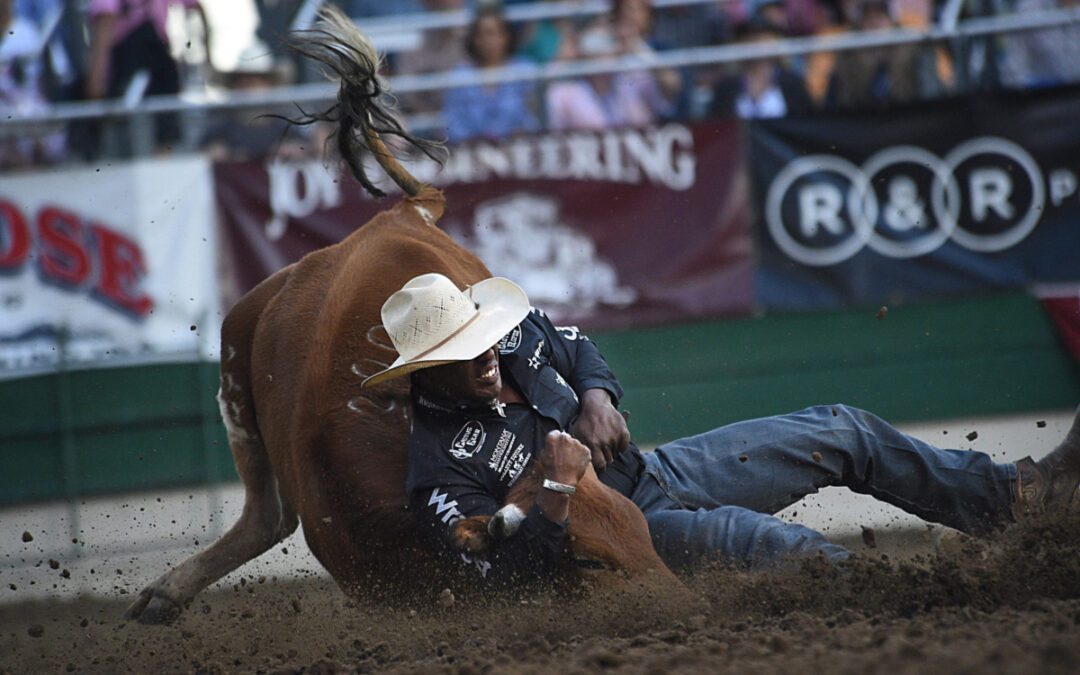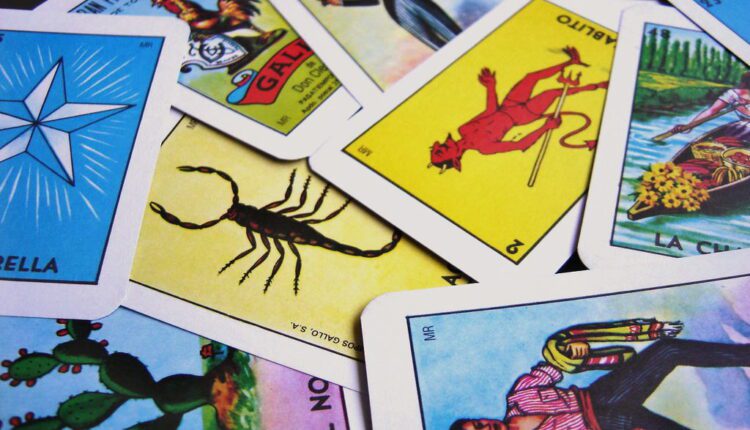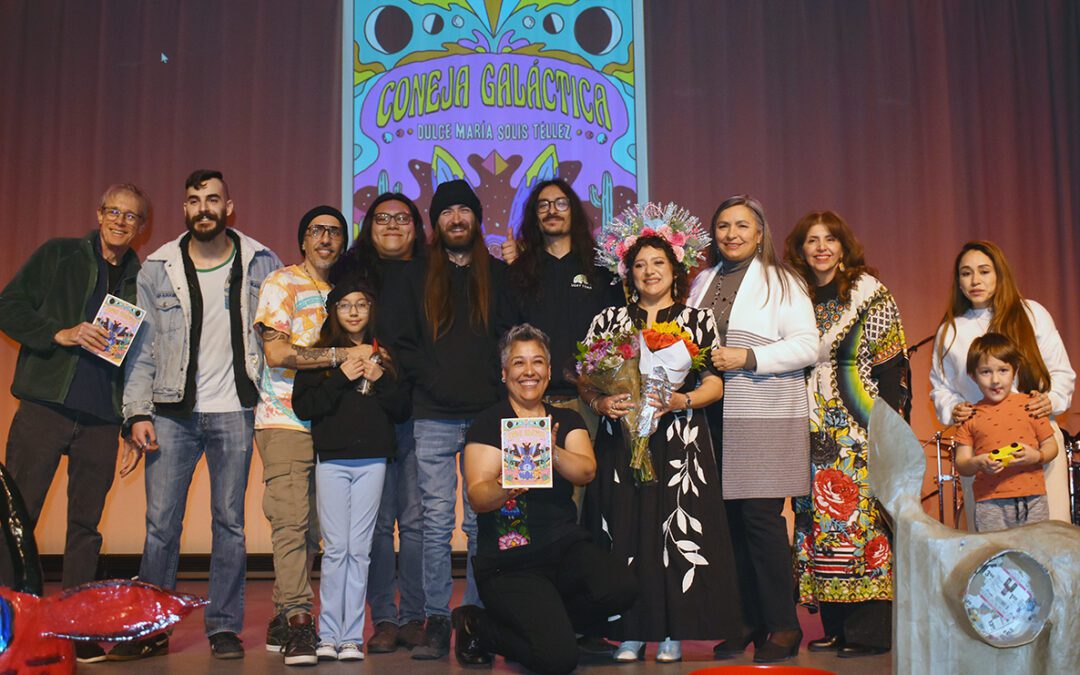
People look an actor disguised as "La Llorona" a character of the performan "Legends of Guatemala" at Cerrito del Carmen neighborhood prior to the celebration All Saints' Day in Guatemala city on October 31, 2015. Image via Johan Ordonez/AFP via Getty Images
Like most Mexican American households, mine was adorned with Catholic imagery. From crucifixes on walls to Jesus Christ statues on tables and shelves to rosaries littered about, these holy symbols were extremely intimidating to me as an impressionable child and sometimes were even scary.
But just as these religious tokens were part of my day-to-day life, so were spooky Mexican legends that felt just as real as any saintly symbol. As Halloween and Day of the Dead approach, I am reminded just how much supernatural Mexican folklore is an extension of our heritage and cultural pride.
Here are some of my favorite—and ultra-frightening—Mexican tales that will definitely keep you up at night.
La Llorona
The most monstrous Mexican saga has to be the story of La Llorona—a tale that is told to children so they don’t misbehave. The essence of the story is that a woman, in a fit of rage, drowns her two young children in a river. She is immediately overcome with guilt and sadness, which leaves her roaming towns and villages crying out for her children. Today, references to La Llorona (pictured above), also known as “The Weeping Woman,” can be seen in numerous movies. However, her story dates back to the 1500s and is connected to specific mythologies of the Aztecs. Details vary as to why she drowned her children: some say she killed them after a wealthy Spaniard left her; others say that she drowned them after catching her husband cheating on her. Whatever the reason, the tale of La Llorona is one that is told when bratty children start acting up. “Be careful, or else La Llorona will come and get you!
El Cucuy

You may have heard of the bogeyman or the boogie monster—but for us Latinos, he’s called “El Cucuy.” What makes El Cucuy scarier and more real than the boogie monster is that El Cucuy can be anyone. We all may have had a family member who spooked us at some point. For us, that meant they could be El Cucuy, which meant you were to never be alone with them. So when we were told, “If you don’t behave, El Cucuy is going to get you,” that could actually mean that your crazy tío Juan could snatch you up in the middle of the night. We took these threats very seriously.
Chupacabra

Another famous Mexican legend that featured in Hollywood television shows such as “The X Files” and, most recently, the Hulu documentary “Sasquatch” is the chupacabra. The breakdown of the name is pretty simple: Chupa means “to suck” and cabra means “goat.” The tale of the chupacabra is that of an ugly animal (resembling a dog/human with an alien face and shark-like teeth) that kills goats (or other farm animals) by sucking out their blood—similar to the Loch Ness monster, except a chupacabra isn’t hiding below waters but could be lurking in the mountains, alleyways, or your backyard. If your dog or cat goes missing and suddenly turns up gutted on your doorstep, you can certainly bet the chupacabra killed it.
La Mano Peluda

The story of La Mano Peluda is sort of a combo of Werewolf and Candyman. As a kid, I was told that if I didn’t go to sleep, La Mano Peluda (“the hairy hand”) would grab me and made sure I stayed put. But where did this hairy hand come from? The legend is that the hand was the only remaining living part of a man who was killed during the Spanish Inquisition, and so he sought revenge by haunting Latino children, stealing us from our beds and taking us God knows where.
La Muerte

The scariest Latin legend that is 100% real is La Muerte—the grim reaper, aka death. Latinos probably pray to La Muerte just as much as they pray to Jesus, as in “please do not come and get me” or “La Muerte, it’s not my time.” Statues of La Muerte—often seen as a human skeleton in a hood and cape or just a human skeleton carrying a scythe—are sold in Latin grocery stores right alongside all the saint candles and Jesus pictures. One of the ways you can ward off death is by placing money and other treats, such as alcohol or food, at the feet of your La Muerte so you can keep him happy.
READ MORE: 5 de los lugares más embrujados de Nevada

Reno Rodeo 2025: Tickets, parking, schedule, concerts and more
The 106th Reno Rodeo returns June 19–28 with some additions both in and out of the arena. This summer marks the debut of two new roping events, plus...

Love, Elvis, & legal loopholes: The real story behind Nevada elopements
Nevada is famous for nuptials in a hurry—but how did it get that way? Discover Nevada’s fascinating elopement history. When you ask a Nevadan, or...

4 cosas que no sabías de Sun Valley
En un viaje de trabajo a Reno en febrero, conduje hasta Sun Valley y me sorprendieron varios letreros comerciales que anunciaban “carnicería”,...

8 celebrities who own mega mansions in Nevada
From Céline Dion to Nicolas Cage, these eight celebrities have owned mega mansions in Nevada. Nevada has a long and rich history, which, when...

7 traditional Hispanic games
From children’s activities to games for all ages, here are seven traditional games that Hispanic families play. When Hispanic families get together...

“Coneja galáctica” un recorrido de Dulce Solís por la zoología espiritual en una dimensión totémica
El departamento de Parques y Recreación del Condado Clark y el Grupo Literario Comala con el apoyo de LiterArte, presentaron el poemario de la...





